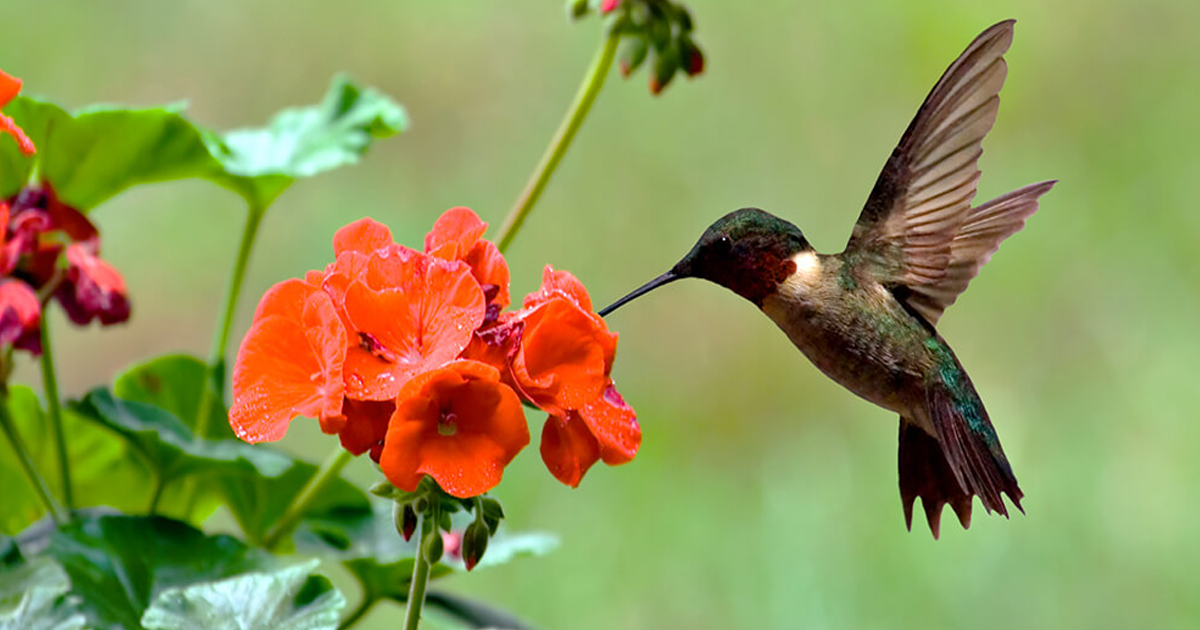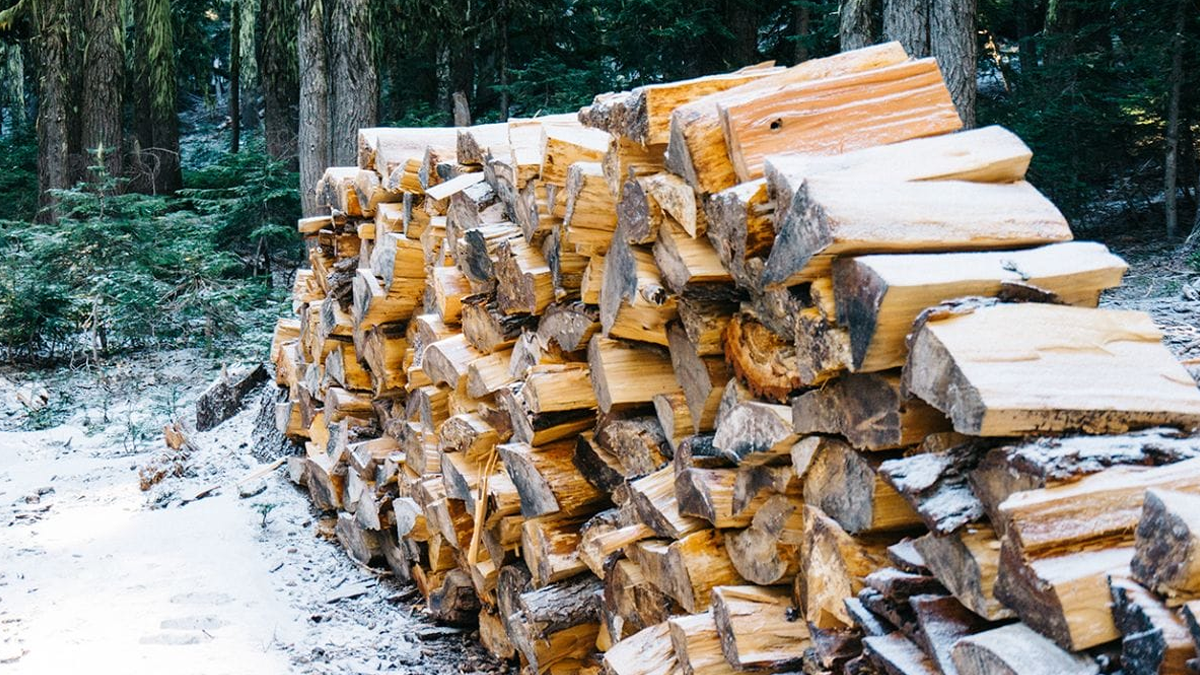
They are unquestionably among the greatest little Pleasures of a garden: hummingbirds with shimmering feathers and whirring wingbeats. These tiny mid-air-hovering birds can’t help but be attracted to equally vibrant flowers rich with nectar. Planting a hummingbird garden is a pleasing and engrossing way to attract these birds but increases in equal measure the beauty of your garden. This article will discuss the best flowers to attract hummingbirds and give you some tips for garden design that will have them returning year after year.
Why Hummingbirds Are Attracted to Certain Flowers
Hummingbirds have a very high metabolism, so they need to eat a lot of nectar every day. They especially like brightly colored flowers—red, orange, and pink—indicating a rich source of nectar. The shape of bloom is important, too; tubular flowers are just right for a hummingbird’s long, thin bill to reach down deep inside.
In addition to color and shape, nectar amount is a significant factor. Hummingbirds are going to favor plants with ample amounts of nectar to satisfy their requirements for fast living. Plants that bloom over the entire growing season or bloom times that are staggered also will be favored because they will provide a continual food source.
Best Flowers to Attract Hummingbirds
1. Bee Balm (Monarda didyma)
It may be the finest plant for any hummingbird garden: Bee Balm. Its flowers blaze scarlet, pink, or purple, a real magnet for the birds. Tubular and decently filled with nectar, they will provide a good supply of food. It is also relatively easy to grow and can thrive in a variety of conditions, from full sun to partial shade.
2. Trumpet Vine—Campsis radicans
The trumpet vine is named for its showy, trumpet-shaped flowers and is a good hummingbird attractant. This is a vigorous climber that produces clusters of bright orange or red flowers throughout the summertime. However, it is necessary to control its growth, for the Trumpet Vine can become quite aggressive and spread very fast if not managed.
3. Salvia (Salvia spp.)
Salvia—also known as sage—are a broad color range from deep blues and purples to fiery reds. These flowers are rich in nectar and bloom throughout the summer, thus able to provide a constant source of food for hummingbirds. Moreover, salvia plants are drought-tolerant and able to grow in a wide variety of soils, thus suitable for many garden environments.
4. Columbine, Aquilegia spp.
Their spurred, unique shape makes columbine flowers quite irresistible to hummingbirds. They also bear different colors, such as red, pink, purple, and yellow. This plant is a spring bloomer, thus it’s very excellent for hummingbirds returning from their winter migration since they will find an early-season nectar source.
5. Cardinal Flower (Lobelia cardinalis)
Cardinal Flower—tall spikes of bright red flowers at their best in late summer. This North American native is a favorite of hummingbirds. High nectar content nourishes the noisy, whirring wings. It is an attractive plant that does well in moist but well-drained soil and partial shade, so it does very well along a pond or within shady garden beds.
6. Hummingbird Sage (Salvia spathacea)
The name says it all with this one: it’s especially for hummingbirds. Its fragrant, magenta-colored flowers bloom in late winter to early spring when hummingbirds need an essential nectar source during this period. It is also drought-tolerant and requires little maintenance, thus fitting well into any hummingbird garden.
7. Fuchsia (Fuchsia spp.)
Fuchsias sport pendulous, bell-shaped flowers in shades of red to pink to purple. These plants are great for hanging baskets or shade gardens where they will produce blooms continuously throughout the growing season, and their bright colors with high nectar count make them especially attractive to hummingbirds.
8. Coral Honeysuckle (Lonicera sempervirens)
Coral Honeysuckle is a non-invasive, flowering vine with clusters of tubular, coral-red flowers. The plant grows to add height to your garden, good for more than just attracting hummingbirds. There’s a long period of bloom from spring into summer that provides a long-lasting source of nectar.
9. Penstemon (Penstemon spp.)
Also known as beardtongue, this is a genus of plants with a variety of tubular flowers in shades of red, pink, purple, and white. They are all rich in nectar, very conspicuous, and quite appealing to hummingbirds. Penstemon is drought-tolerant and prefers well-drained soil; therefore, this plant is ideal for rock gardens or dry landscapes.
10. Butterfly Bush, Buddleia davidii
Though this has been mainly associated as a plant that attracts butterflies, it is also a favorite for hummingbirds. It forms large, conical clusters of flowers in colors such as purple, pink, and white. These flowers are highly fragrant and nectar-rich, which ensures that the hummingbird obtains plenty of food from the plant. The blooms last from summer through fall, ensuring constant nectar to attract the birds.
How to Plan a Hummingbird Garden
1. Continuous Blooming Plan:
This requires planting species that will bloom at different times during the growing season to keep the hummingbirds returning. This will provide the continuous nectar supply from early spring to late fall.
2. Plant Natives:
Because native plants have adapted to the local climate and soil conditions, they are easier to grow, benefiting the local wildlife. Indeed, many native plants are rich in nectar and very appropriate for attracting hummingbirds.
3. Create Layers:
Hummingbirds are more attracted to the garden if there is a variety of plants at different heights. Add some ground covers, perennials, shrubs, and vines to create layers for shelter and food in your garden.
4. Provide Water:
Hummingbirds need to drink water and bathe in it. A shallow birdbath or water feature with a light mist or drip will attract hummingbirds, along with other wildlife, to your garden.
5. Avoid Pesticides:
Pesticides kill hummingbirds and the insects which they eat. Use organic gardening methods and attract natural predators to help eliminate pests.
Conclusion
A hummingbird garden will give you a great way of attracting these magical birds into your yard. With a collection of flowers laden with nectar and a well-designed garden that meets their needs, beauty and action can be observed in every growing season. Here are some tips and plants to give you the best chance of a richly flowering, hummingbird-friendly garden, whether you are an expert or just starting out with gardening.







